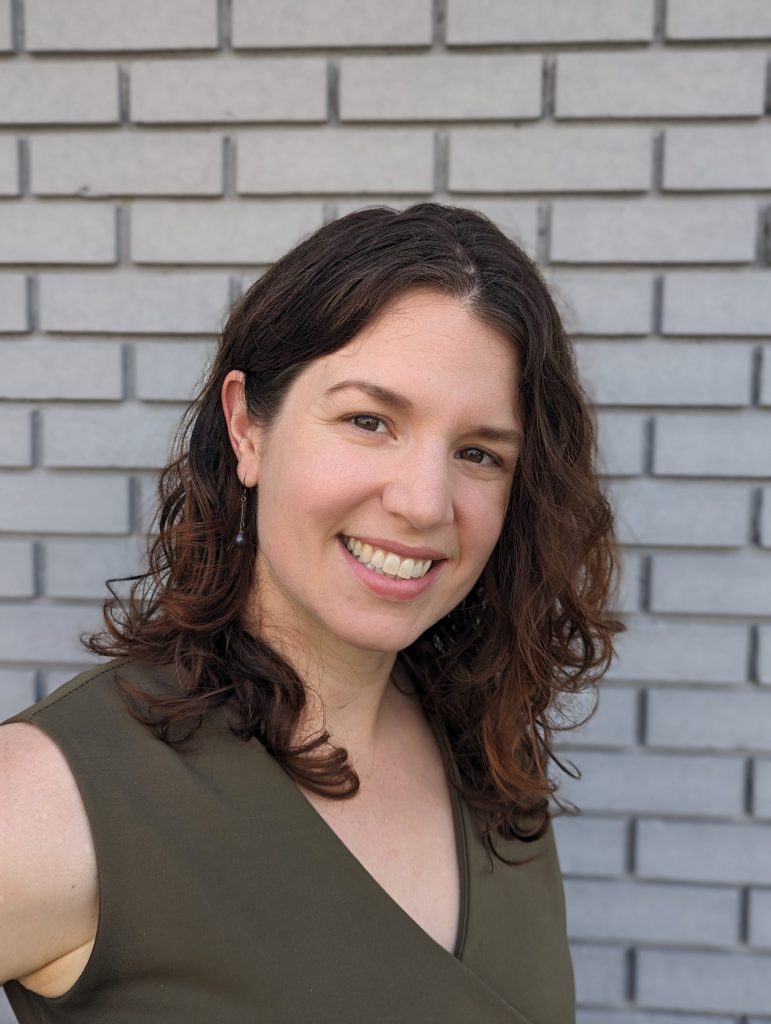International Day of Women and Girls in Science (February 11)
by Raiili Pellizzari
 Dr. Brianne Wood is the inaugural joint Social Accountability and Learning Health Systems Associate Scientist in a partnership between NOSM University, the Thunder Bay Regional Health Sciences Centre, and the Thunder Bay Regional Health Research Institute.
Dr. Brianne Wood is the inaugural joint Social Accountability and Learning Health Systems Associate Scientist in a partnership between NOSM University, the Thunder Bay Regional Health Sciences Centre, and the Thunder Bay Regional Health Research Institute.Each year on February 11, we celebrate the International Day of Women and Girls in Science. This Day is a reminder that women and girls play a critical role in science and technology communities and that their participation should be strengthened.
This year, we connected with Dr. Brianne Wood, Social Accountability and Learning Health Systems Associate Scientist, NOSM University and Thunder Bay Regional Health Sciences Centre/Thunder Bay Regional Health Research Institute for an informal Q&A.
Dr. Wood’s research focuses on the development, implementation, and evaluation of learning health systems research in Northern Ontario and supports the integration of educational and health systems research.
Why did you decide to get into science?
I found my way into research through mathematics and statistics, which I realized was a strength of mine in high school. It helps that my parents were math and science teachers! I love using a logical approach to problem solving, to follow a robust system or a process to get to an answer, and to recognize that the process itself is as important as the outcome. I learned that there is a need to apply some of these theoretical concepts in the health field to help make people’s wellbeing and health care better, which is how I ended up in epidemiology.
Tell us about your research — what are you currently working on?
I am lucky to have a lot of cool projects on the go right now. A few highlights — working on bringing evaluation and feedback activities into health system work in Northern Ontario, like the digital health transformation in the North West, or Ontario Health Teams. I’m also working with health care professionals, decision-makers, community leaders, public health and researchers to figure out ways to bring artificial intelligence into health systems work.
What is the most challenging part of your job?
Meetings. So many meetings.
What is the most rewarding part of your job?
I love when people that I partner with — patients, health system leaders, health care professionals — reference the work that I do in their own work lives. To know that some of the work that I do has helped Northern Ontario organizations receive additional attention or funding to help them address things that are important to them, that feels good.
Any advice for other women/girls considering a career in science?
I think a lot of girls and women are already excited about STEM and making important impacts! So it’s about promoting STEM opportunities in gender-diverse and inclusive ways and highlighting the accomplishments of people in STEM from different backgrounds (e.g., gender, ethnicity, class). We need to move away from the discourse that STEM is more boys and men, because there are already so many women and gender-diverse people in that space . We need to celebrate them but also recognize some of the challenges they have faced, and work to make system change. My advice is to find a mentor (or maybe even a network) of supports to check in with, to run ideas by, to help you through the inevitable challenges, and to appropriately celebrate your successes.
Learn more about the International Day of Women and Girls in Science by clicking here.